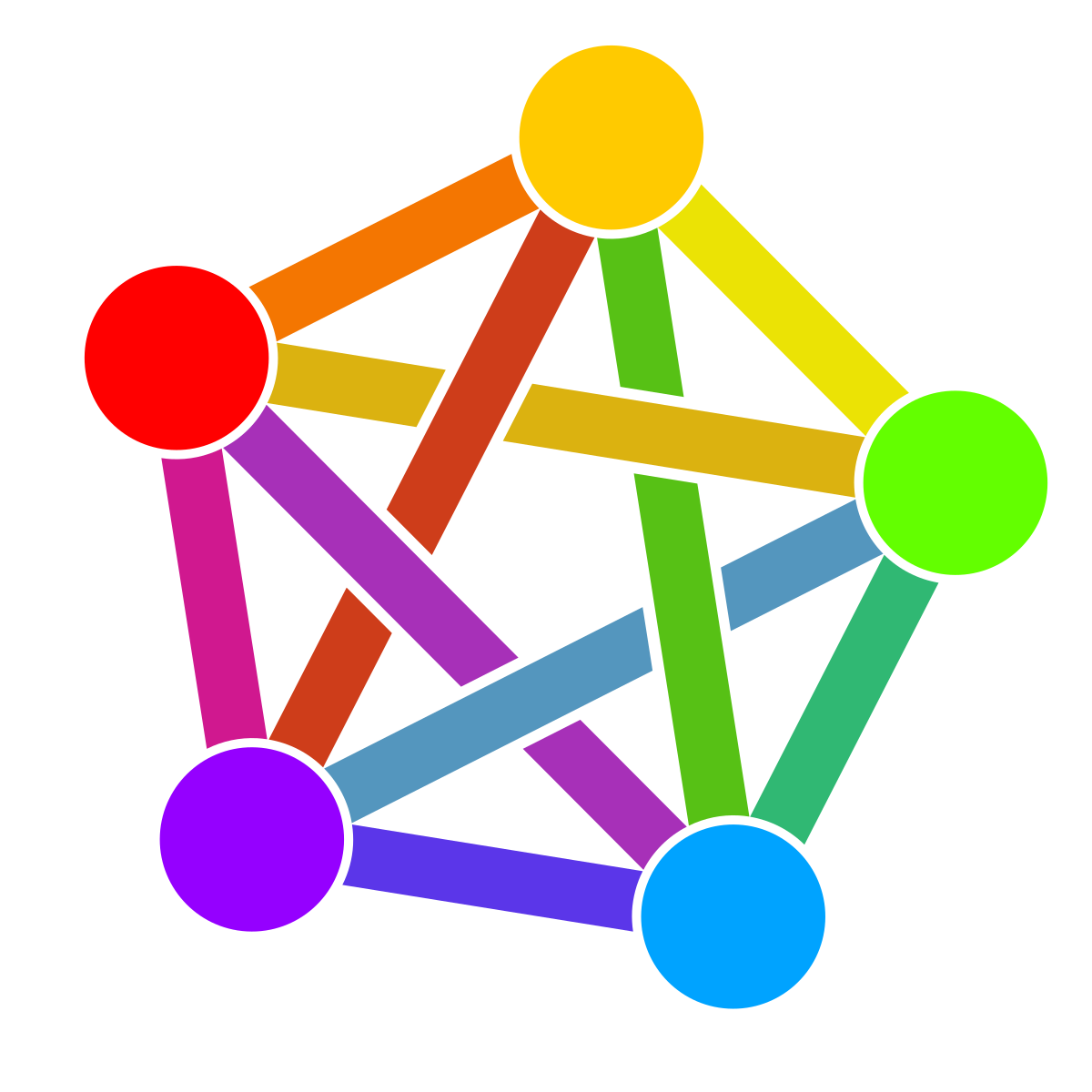

@PaintedSnail@lemmy.world Yeah, I’m aware, my reply was an attempt to “Monty-Pythonize” the degree of absurdity from the questions 😆
Digital hermit. Another cosmic wanderer.


@PaintedSnail@lemmy.world Yeah, I’m aware, my reply was an attempt to “Monty-Pythonize” the degree of absurdity from the questions 😆


@mkwt@lemmy.world @Blujayooo@lemmy.world
TIL I’m possibly partially (if not entirely) illiterate.
Starting with the first question, “Draw a line a_round_ the number or letter of this sentence.”, which can be ELI5’d as follows:
The main object is the number or letter of this sentence, which is the number or letter signaling the sentence, which is “1”, which is a number, so it’s the number of this sentence, “1”. This is fine.
The action being required is to “Draw a line around” the object, so, I must draw a line.
However, a line implies a straight line, while around implies a circle (which is round), so it must be a circle.
However, what’s around a circle isn’t called a line, it’s a circumference. And a circumference is made of infinitesimally small segments so small that they’re essentially an arc. And an arc is a segment insofar it effectively connects two points in a cartesian space with two dimensions or more… And a segment is essentially a finite range of a line, which is infinite…
The original question asks for a line, which is infinite. However, any physical object is finite insofar it has a limited, finite area, so a line couldn’t be drawn: what can be drawn is a segment whose length is less or equal to the largest diagonal of the said physical object, which is a rectangular paper, so drawing a line would be impossible, only segments comprising a circumference.
However, a physically-drawn segment can’t be infinitesimal insofar the thickness of the drawing tool would exceed the infinitesimality from an infinitesimal segment. It wouldn’t be a circumference, but a polygon with many sides.
So I must draw a polygon with enough sides to closely represent a circumference, composed by the smallest possible segments, which are finite lines.
However, the question asks for a line, and the English preposition a implies a single unit of something… but the said something can be a set (e.g. a flock, which implies many birds)… but line isn’t a set…
However, too many howevers.
So, if I decide to draw a circumference centered at the object (the number 1), as in circle the number, maybe it won’t be the line originally expected.
I could draw a box instead, which would technically be around it, and would be made of lines (four lines, to be exact). But, again, a line isn’t the same as lines, let alone four lines.
I could draw a single line, but it wouldn’t be around.
Maybe I could reinterpret the space. I could bend the paper and glue two opposing edges of it, so any segment would behave as a line, because the drawable space is now bent and both tips of the segment would meet seamlessly.
But the line wouldn’t be around the object, so the paper must be bent in a way that turns it into a cone whose tip is centered on the object, so a segment would become a line effectively around the object…
However, I got no glue.
/jk


@misk@sopuli.xyz @Skavau@piefed.social
As a sidenote, I remember that UK has an odd and ancient “law” stating something in the lines “The Crown must not be offended” (i.e. being anti-monarchy and advocating for the end of monarchy, even without any violent language/means but a pacific defense of anti-monarchy). I couldn’t find it, nor I can remember the exact phrasing, but such a “law” threatens prison time for those who “dare” to “offend” the crowniness of UK Crown. Also, I’m not sure to what extent this law is applied in practice.
Even though I’m Brazilian (so the UK supposedly “have no power over here”, and I say it with the Gandalf’s voice), I see these international situations with some worry: there are needed laws (such as laws against noise pollution) and there are laws whose reach ends up going way too far from their “seemingly well-intentioned” puritan scope (such as the aforementioned laws).
If countries are capable of passing draconian laws against their own citizens, don’t expect that those same countries couldn’t go further to impose these laws beyond their own lawns, especially in times of interconnectedness.
And Fediverse platforms from everywhere around the entire globe end up being caught in the crossfire, due to that same interconnectedness.
In the end of the day, the world is increasingly bleaker, as the history is being repeated (maxims “One thing people can learn from history books is that people can’t learn from history books”, and “history doesn’t just repeat, it rhymes”).
@Majestic@lemmy.ml @KurtVonnegut@mander.xyz
As both a fairly power user of LLMs and someone who tinkers with ciphers a lot (including creating my own techniques), I can guarantee: Markov chains aren’t smart enough to detect well-elaborate ciphers.
I’ll give an example: Let focus on plain characters.
The previous phrase contains a hidden message. It’s not simply an acrostic (when a word is formed by every initial letter from a sentence/verses/paragraphs), it’s an acrostic with Caesar cipher. And it’s not simply Caesar cipher, it’s a Caesar cipher with increasing shifting (decreasing when decoding):
L (-0 -> L), F (-1 -> E), O (-2 -> M), P (-3 -> M), C (-4 -> Y as it wraps around from A back to Z) => LEMMY
I can guarantee you, as someone who tested every single LLM out there: they’re unable to detect these kinds of ciphers. And it gets worse when we consider the possibility of adding other layers of ciphering: nothing stops me from adding Vigenere on top of Caesar, associating the letter with the corresponding number, then getting the nth prime at that position, and using wrap-add to add letters to produce another letter (okay, this is a very complicated example).
Also, when I say “creating my own techniques”, I’m not joking. I’ll present you with a cipher I created:
Maceió, Niterói, Rio Branco, Palmas, São Luís, Varginha.
Believe it or not, the previous list of Brazilian cities hides the word “BRAZIL”. How? List each Brazilian state alphabetically (excluding Distrito Federal as it’s an administrative state rather than a common state), and you’ll get a list with exactly 26 states. And what else have 26 elements? The English alphabet. Map each alphabetical letter not just to the state (e.g. L, the 12th letter, would be Minas Gerais), but to a city within that state (e.g. Varginha):
Maceió = Alagoas = 2nd from ordered list of states = B
Niterói = Rio de Janeiro state = 18th = R
Rio Branco = Acre = 1st = A
Palmas = Tocantins = 26th = Z
São Luís = Maranhão = 9th = I
Varginha = Minas Gerais = 12th = L
Again, creativity is the only limit. One can wrap it in steganography, use random coordinates and then map each digit to letters to form a long text… There’s no way to stop end-to-end encryption when two or more people have enough knowledge to convey their own tool chain of ciphering techniques. And LLMs will be clueless. Even human censors would be clueless.